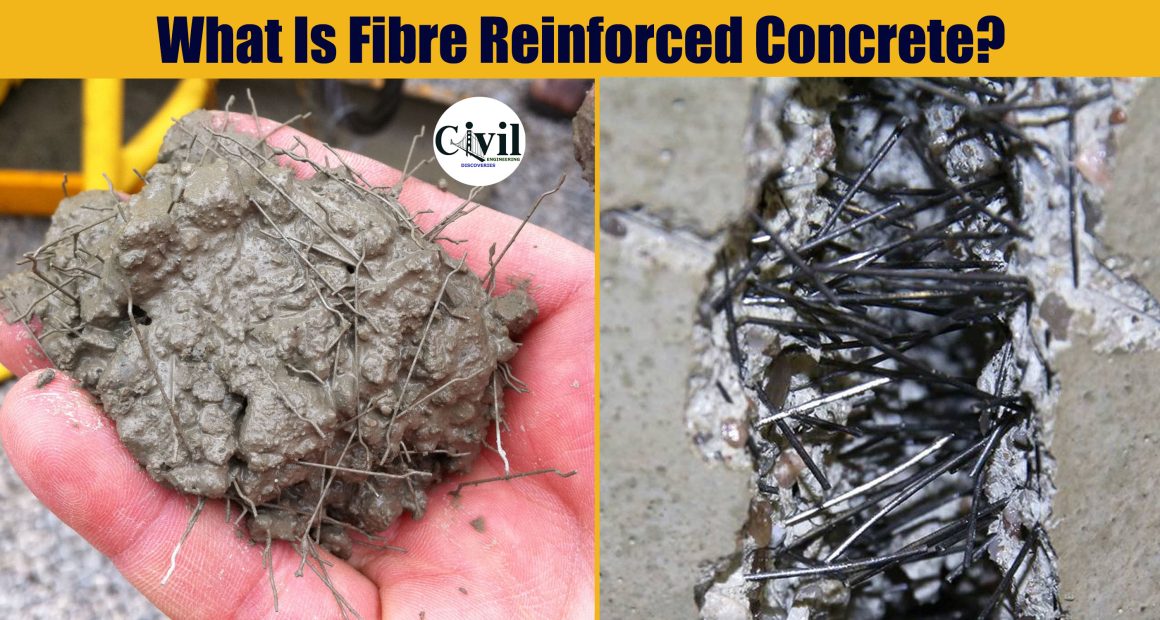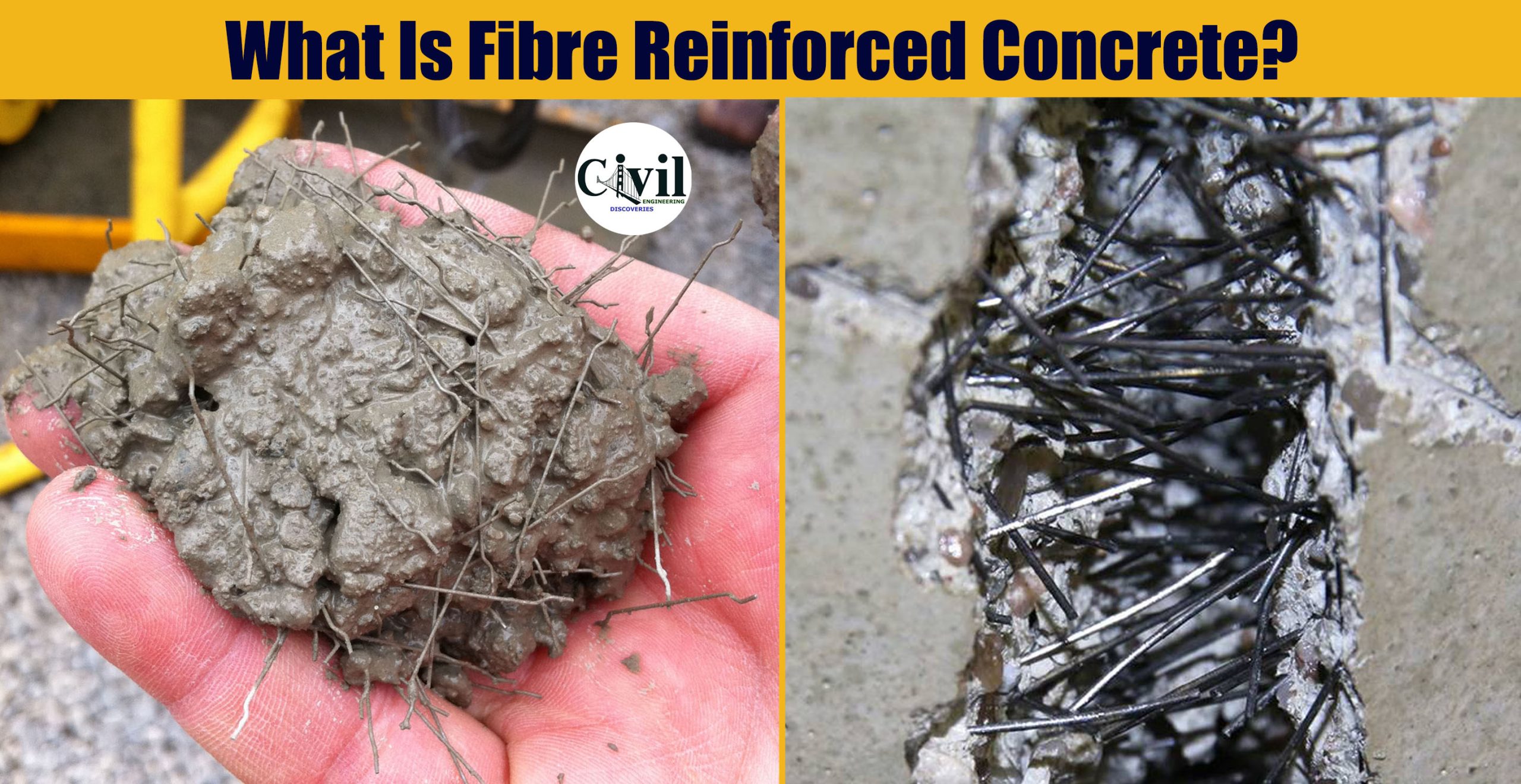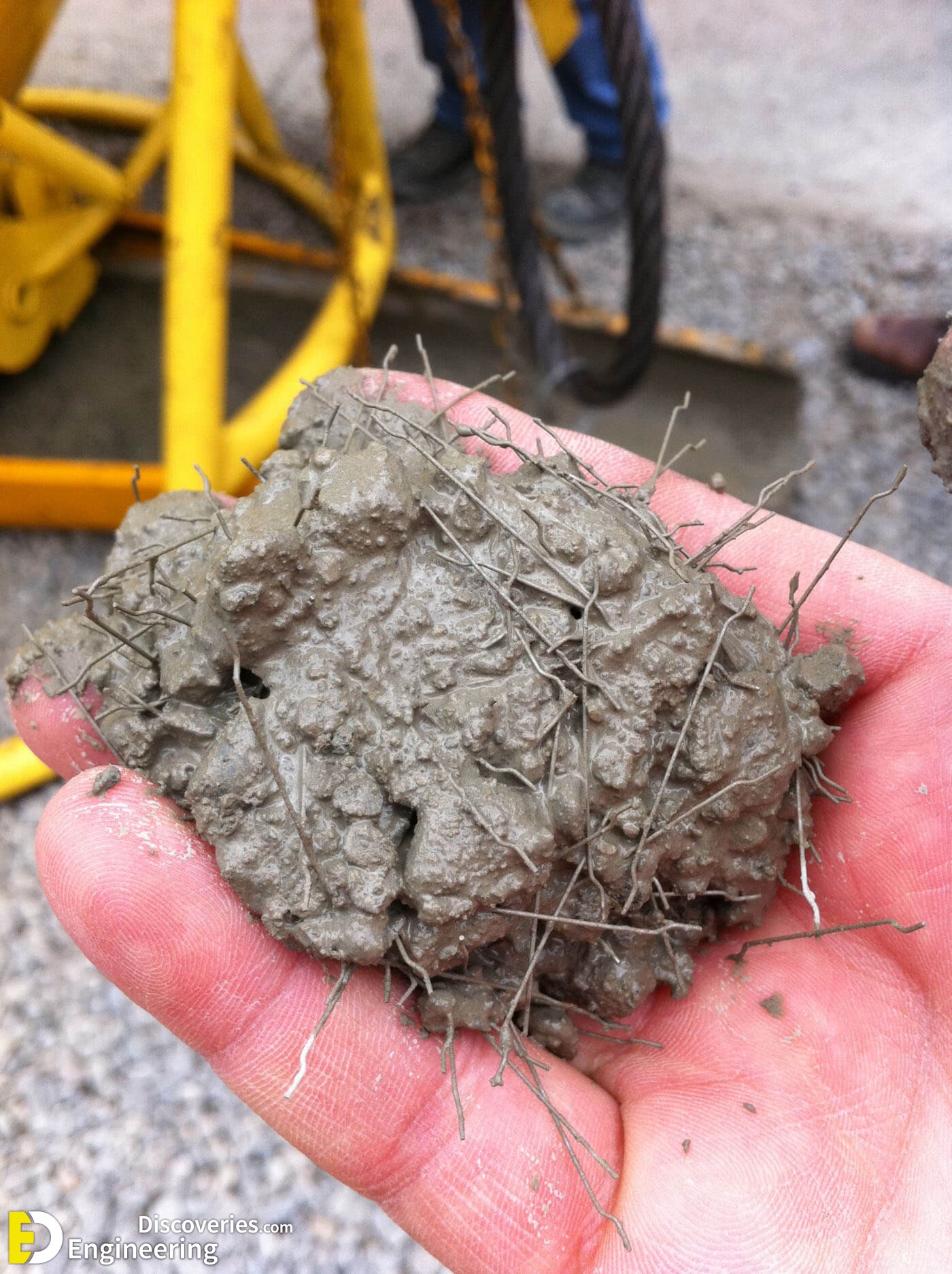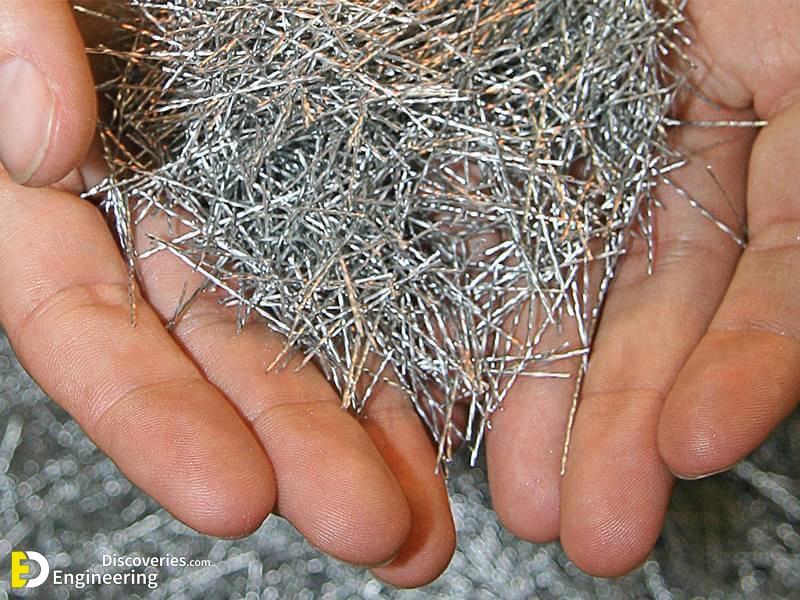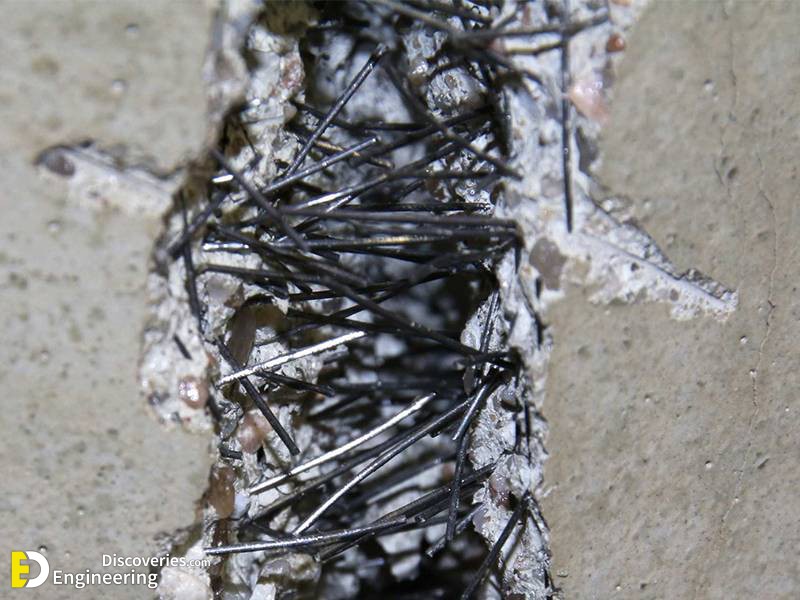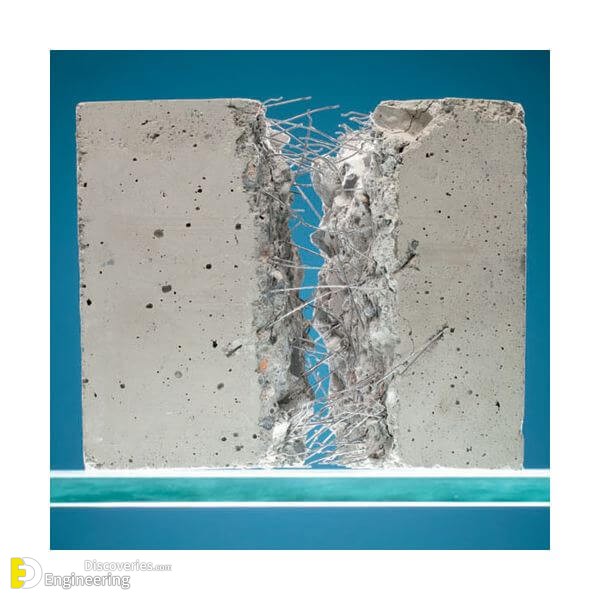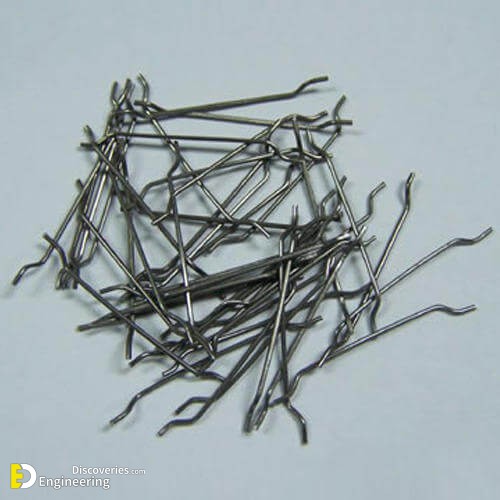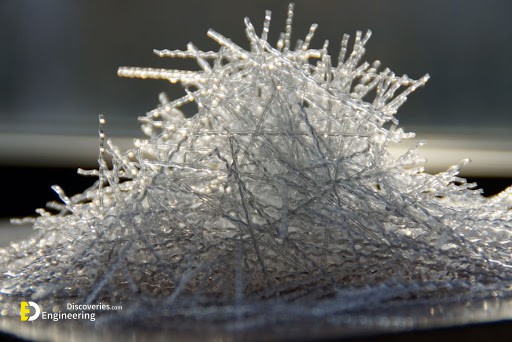Fibre-reinforced concrete (FRC) is concrete that has fibrous materials mixed in to increase the concrete’s durability and structural integrity. FRC has small, short, and discreet fibres that are randomly oriented yet uniformly distributed throughout the concrete. The fibres can be circular or flat and often makeup one to three per cent of the concrete mix’s total volume. Common fibres used in reinforced concrete include steel, glass, synthetic, and natural fibres.
Why fibres are used?
On its own, concrete lacks tensile strength and is prone to cracking. But fiber-reinforced concrete can improve tensile strength and control cracking in concrete structures that are often caused by plastic shrinkage and drying shrinkage. Fibers in concrete can also reduce the permeability of concrete, which limits the amount of water that bleeds out, further reducing shrinkage cracking during curing.
The necessity of Fiber Reinforced Concrete
1- It increases the tensile strength of the concrete.
2- It reduces the air voids and water voids the inherent porosity of gel.
3- It increases the durability of the concrete.
4- Fibers such as graphite and glass have excellent resistance to creep, while the same is not true for most resins. Therefore, the orientation and volume of fibers have a significant influence on the creep performance of rebars/tendons.
5- Reinforced concrete itself is a composite material, where the reinforcement acts as the strengthening fiber and the concrete as the matrix. It is therefore imperative that the behavior under thermal stresses for the two materials be similar so that the differential deformations of concrete and the reinforcement are minimized.
6- It has been recognized that the addition of small, closely spaced, and uniformly dispersed fibers to concrete would act as a crack arrester and would substantially improve its static and dynamic properties.
Types of Fibers
1- Steel fibers
2- Glass fibers
3- Carbon Fibers
4- Cellulose Fibers
5- Synthetic Fibers
6- Natural Fibers
Advantages Of Fibre Reinforced Concrete
1- High modulus of elasticity for effective long-term reinforcement, even in the hardened concrete. Does not rust nor corrode and requires no minimum cover.
2- Ideal aspect ratio (i.e. the relationship between Fiber diameter and length) which makes them excellent for early-age performance.
3- Easily placed, Cast, Sprayed, and less labor-intensive than placing rebar.
4- Greater retained toughness in conventional concrete mixes.
5- Higher flexural strength, depending on the addition rate.
6-Can be made into thin sheets or irregular shapes.
7- FRC possesses enough plasticity to go under large deformation once the peak load has been reached.
8- Increased durability and high flexural rigidity.
9- Reduced permeability, bleeding, and formation of microcracks.
10- Minimum weathering effect.
11. Reduces deflection.
12. Minimum corrosion.
Disadvantages Of Fibre Reinforced Concrete:
1- Fibres are costly.
2- The fibers should be uniformly distributed in concrete because they may not mix well and form lumps.
3- The size of the coarse aggregate is restricted to 10 mm.
4- Mixing fibers in large volumes could be tedious.
5- Construction with FRC skilled laborers.
Click Here To See What Are Some Ways To Increase The Strength Of Concrete?
